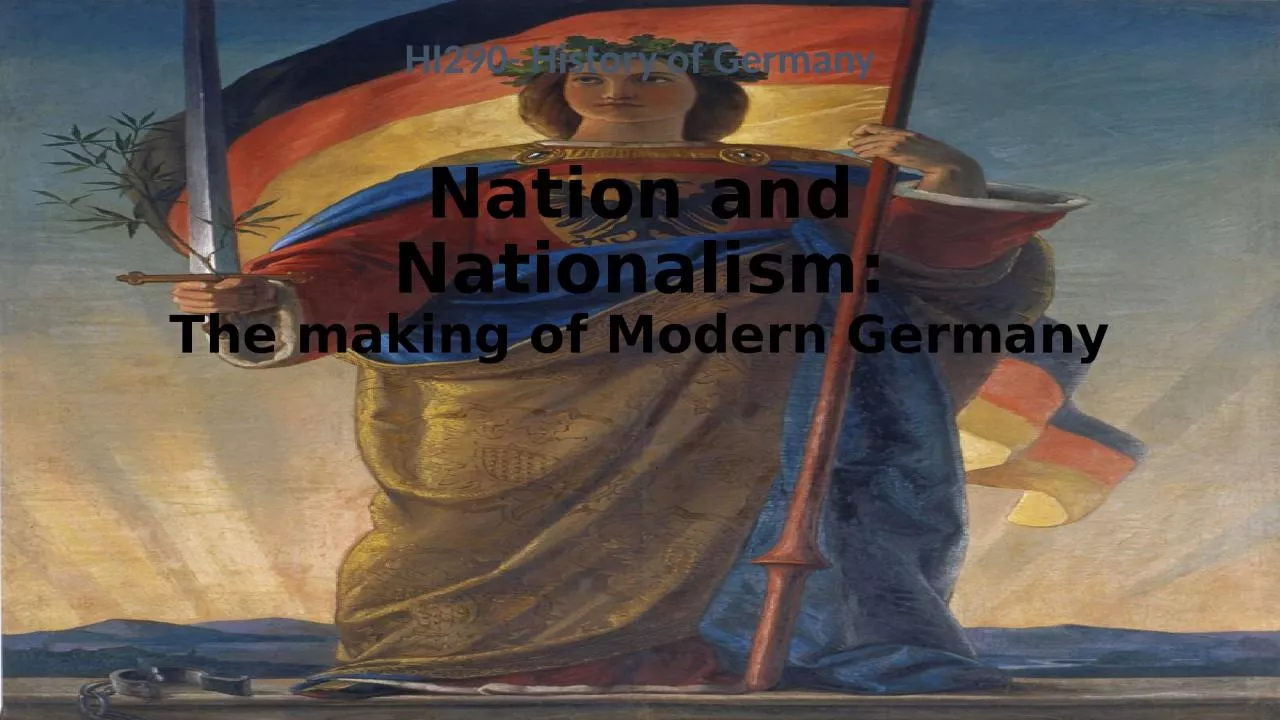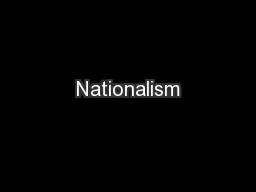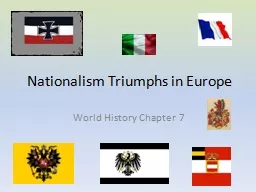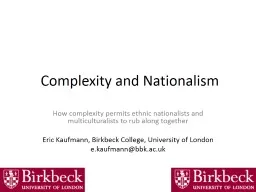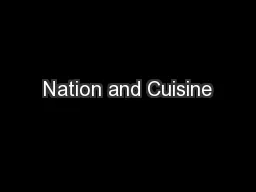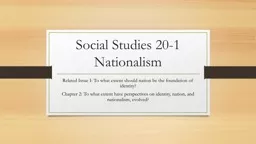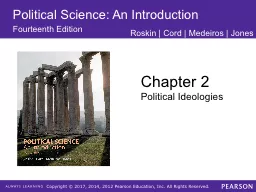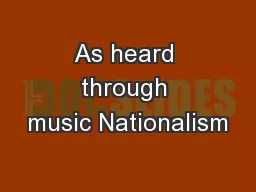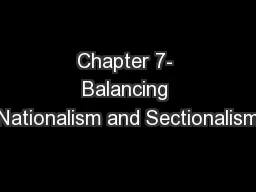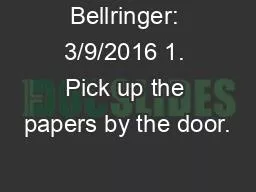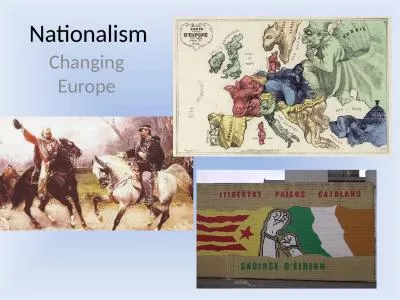PPT-Nation and Nationalism: The making of Modern Germany
Author : walsh | Published Date : 2023-06-25
HI290 History of Germany The Making of the modern German state and society Germanys transformation from maverick to model state Diversity No direct historical lines
Presentation Embed Code
Download Presentation
Download Presentation The PPT/PDF document "Nation and Nationalism: The making of Mo..." is the property of its rightful owner. Permission is granted to download and print the materials on this website for personal, non-commercial use only, and to display it on your personal computer provided you do not modify the materials and that you retain all copyright notices contained in the materials. By downloading content from our website, you accept the terms of this agreement.
Nation and Nationalism: The making of Modern Germany: Transcript
Download Rules Of Document
"Nation and Nationalism: The making of Modern Germany"The content belongs to its owner. You may download and print it for personal use, without modification, and keep all copyright notices. By downloading, you agree to these terms.
Related Documents

